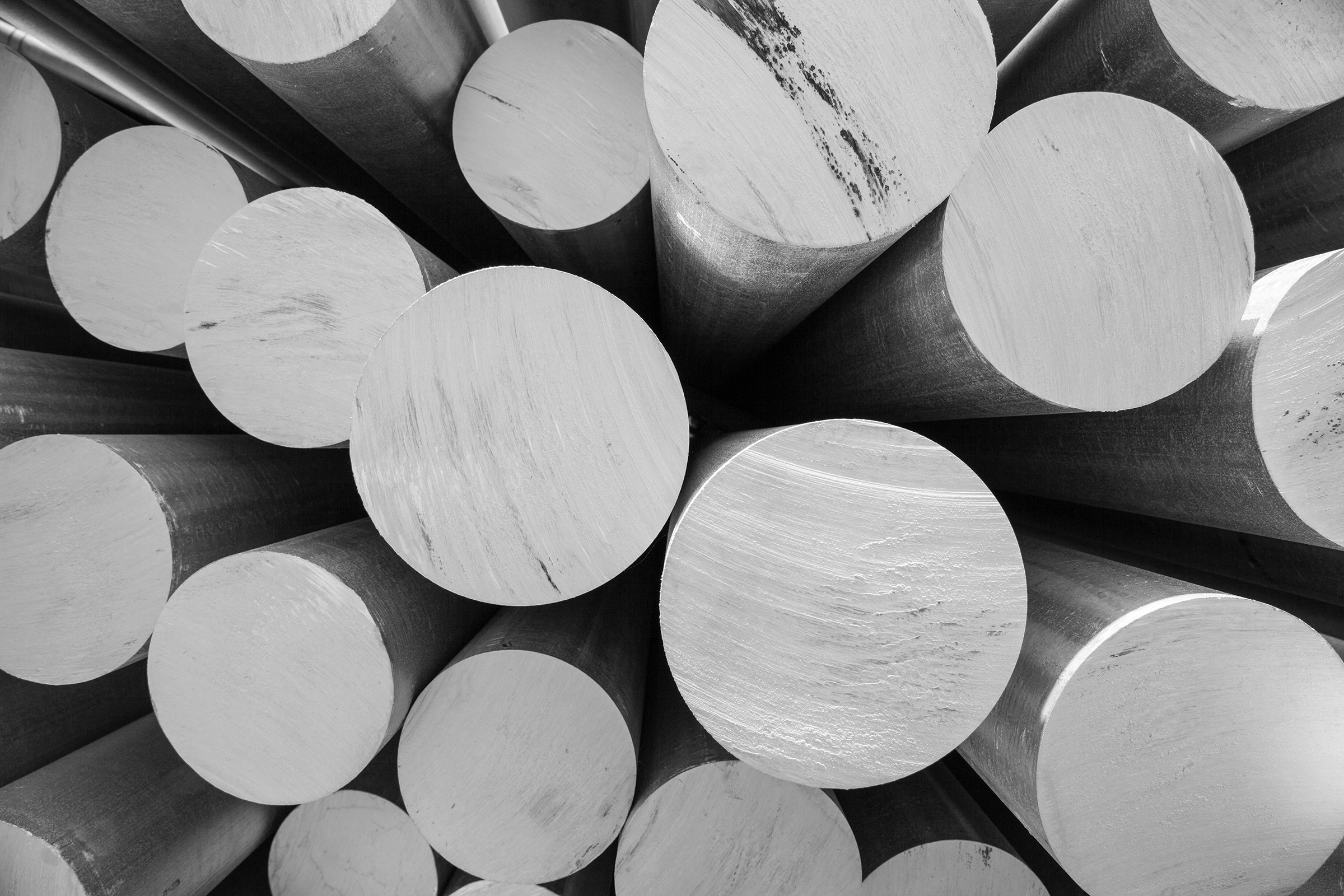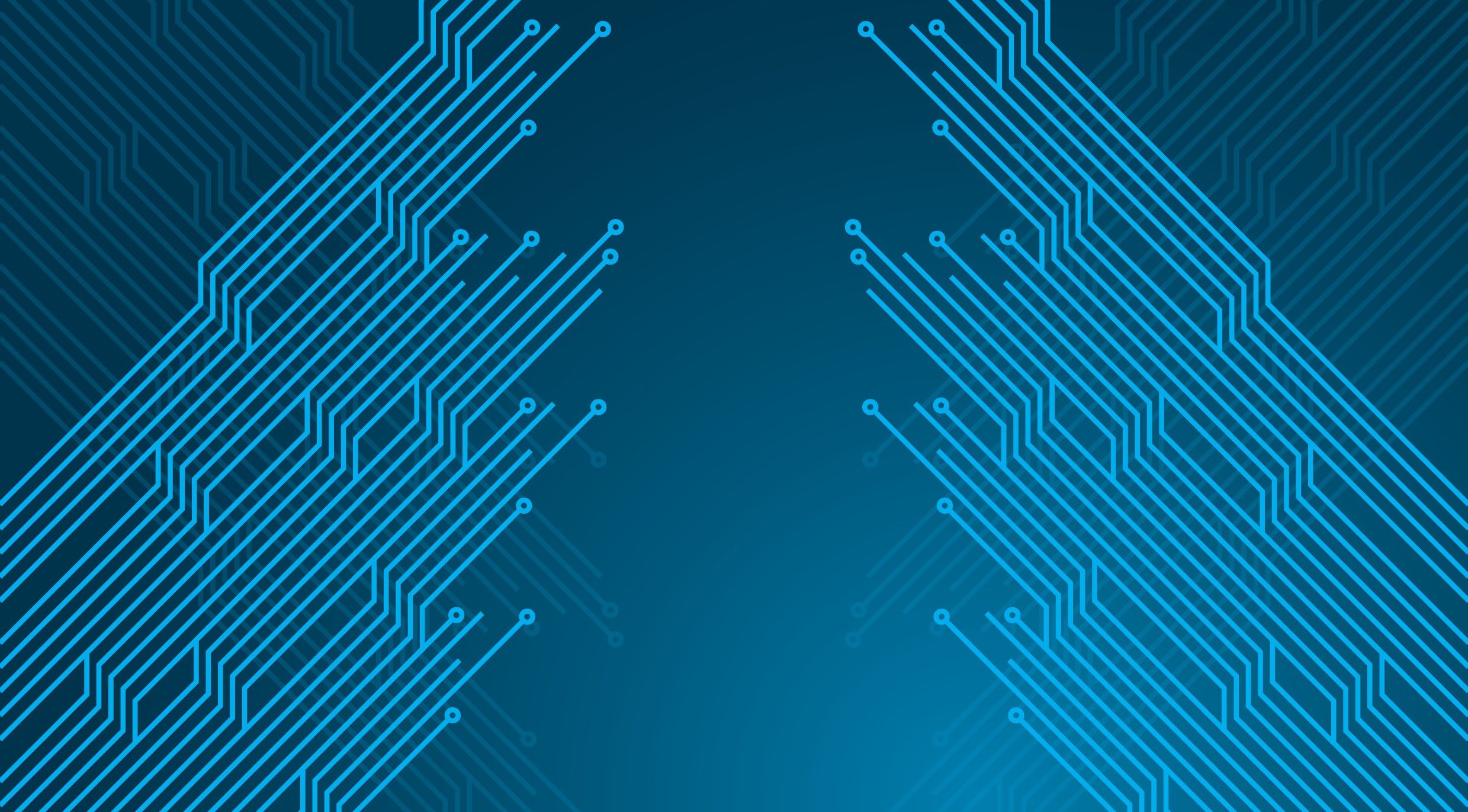Scientists have found a new use for AI, which shouldn’t come as much of a surprise these days. This time, they used AI to design an ultra-light yet incredibly strong new material. This AI-created wonder material is particularly exciting because it boasts the strength of carbon steel while being as light as styrofoam.
Traditionally, materials engineers spend years experimenting with different structures to optimize strength, weight, and durability. That’s how we devised the strongest material on the planet. But now, machine learning is changing the game.
According to a new paper, researchers at the University of Toronto and Caltech turned to AI to help analyze countless possible nanostructures, learning which designs best distribute stress while carrying heavy loads. By turning to AI to create this new wonder material, the researchers were able to bypass just looking at past successes.
Instead, the AI predicted entirely new lattice geometries that had never been seen before. The researchers then 3D-printed these structures into ultra-lightweight nanolattices, which turned out to be twice as strong as previously known designs and five times stronger than titanium.
One of the biggest challenges in materials science is balancing strength and toughness. A ceramic dinner plate is strong but brittle. Sure, it can hold a good bit of weight, but it shatters easily. The same issue has plagued nano-architectured materials, which are incredibly stiff but prone to sudden breakages because of that stiffness.
This new AI-created wonder material overcomes that issue, though. Not only is it light enough to dramatically reduce fuel consumption in airplanes, helicopters, and spacecraft, but it is also durable enough to withstand extreme stress. In fact, the researchers say that replacing titanium components in airplanes with this new material could save up to 80 liters of fuel per year for every kilogram of material swapped.
But this development goes far beyond just one type of material. Now that AI has proven its ability to design these new materials, scientists are working to scale up production. The ultimate goal? Creating even stronger and lighter materials for spacecraft, high-performance vehicles, and even buildings.
This new wonder material highlights how AI isn’t just optimizing existing technologies—it’s opening the door for entirely new accomplishments. If this trend continues, the next generation of materials may be lighter, stronger, and more sustainable than anything human engineers could have designed alone.









